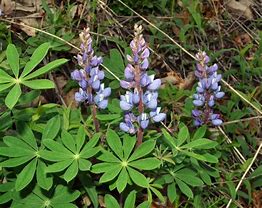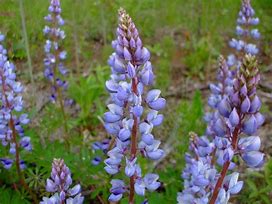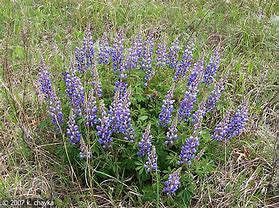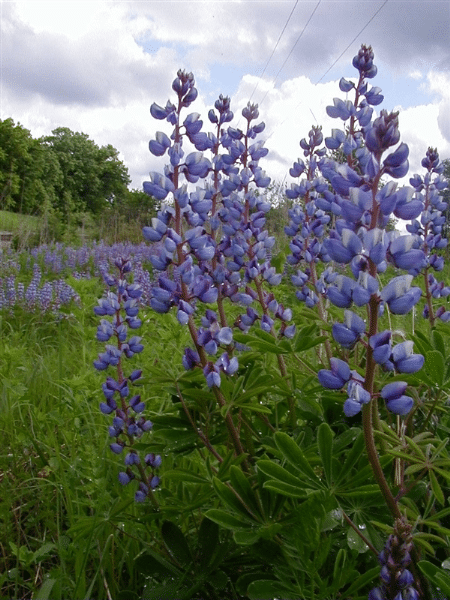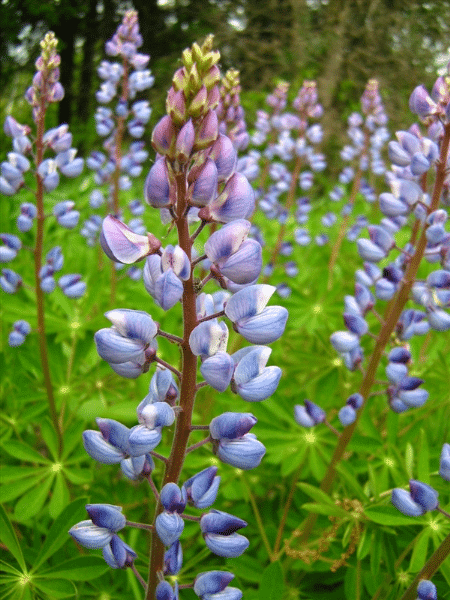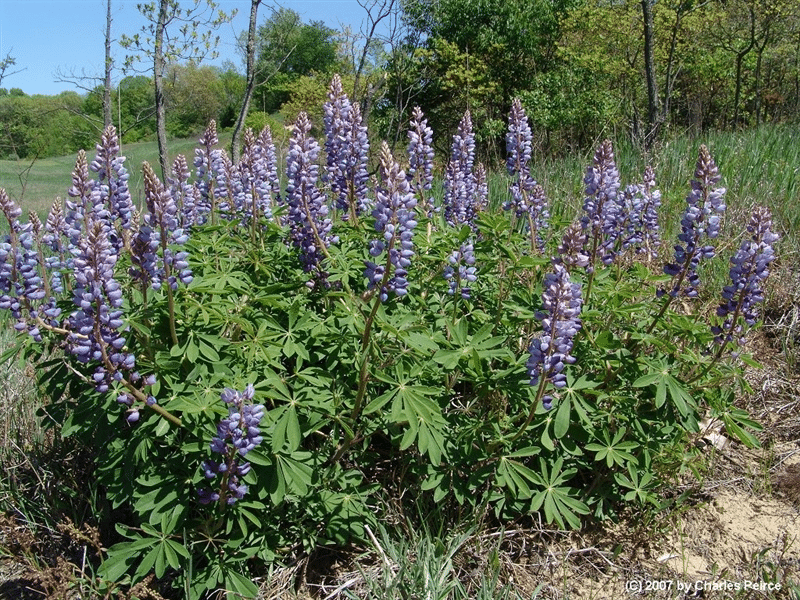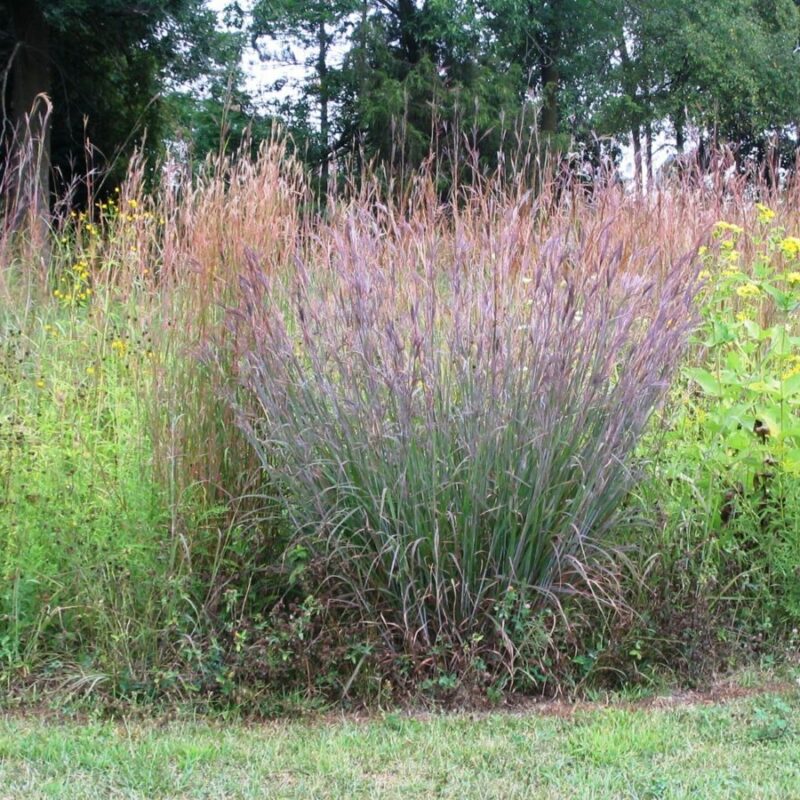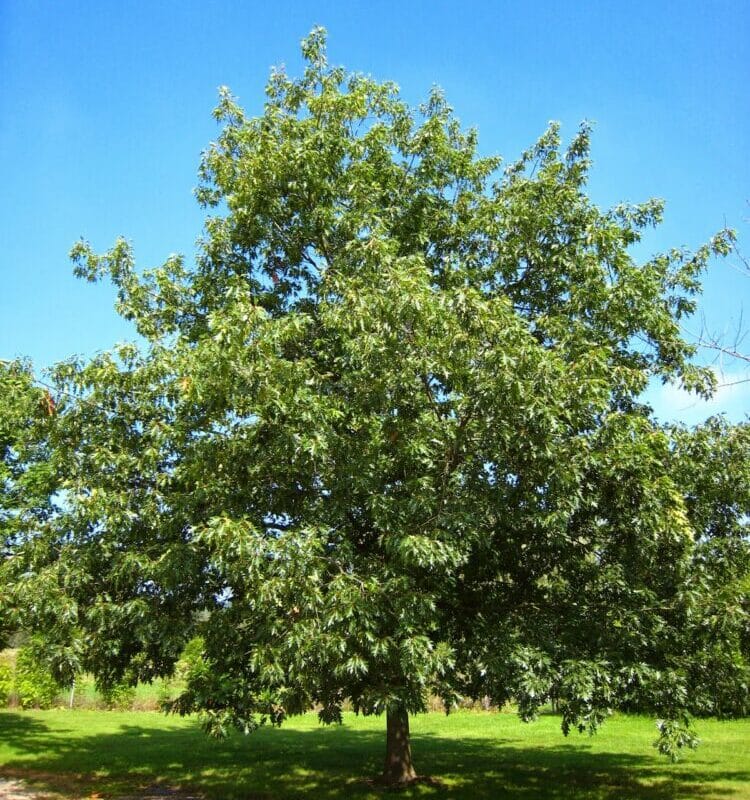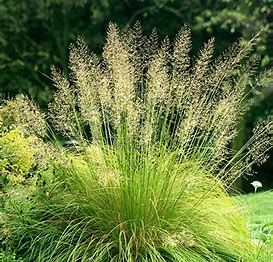Description
Wild Lupine blooms profusely in spikes with pea-like blue & purple flowers. It is a member of the pea family. Palm-shaped leaves surround the plant as an added attraction, making it a popular choice for gardens or restorations with dry to sandy soils. Lupine requires well-drained soils but will adapt to all dry soil types; sand, loam, gravel, and clay. This legume is essential to the life cycle of the Karner Blue butterfly, a federally-endangered species native to the Great Lakes region. Native Lupine is a spring ephemeral; it will grow and bloom in the spring and then go dormant by mid-summer so plan for summer and fall-blooming plants nearby in a garden to fill in where the Lupine is asleep. The ripe seedpod explodes, aiding in distribution. Birds and small mammals will feed on the seeds.
Best flowering is in full sun, but plants appreciate some light afternoon shade in hot summer areas. Good air circulation helps combat powdery mildew. Treating roots with a legume inoculant improves plant performance.
